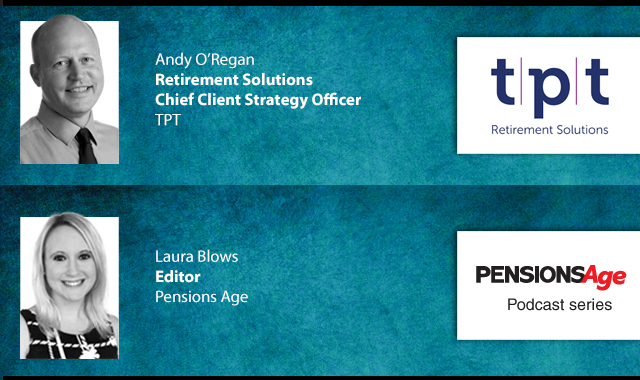The pensions industry could face a potential “capacity crunch” if pension schemes leave their dashboard preperations too late, ITM chief innovation officer, Maurice Titley, has warned.
Speaking at the PLSA Annual Conference 2022, Titley suggested that there willl "most certaintly" be a capacity crunch coming down the line, given the volumes of schemes that are coming.
He continued: “Take 30 September, for example, by that point over a thousand private sector schemes will need to have onboarded. The vast majority of those are administered by third party administrators and there are 200 public service schemes who will have to be onboarded as well.
“To do that there’s only 250 decisions to be made, such as what their ISP should be, how they will connect, and if they are going to do it themselves, but that’s 1,200 schemes that need data prep.”
Titley also explained that preparations will require pension values and potentially having new processes put in place, which, he warned, changes the process.
“Interestingly, the next phase after that is the medium schemes”, he continued, “where there’s around 2000 schemes which will do the same thing.”
Titley suggested as a solution to this perceived “capacity crunch” that all those involved should start working on meeting their deadlines as early as possible, saying “we are getting the message out to our clients, and its not just us, that schemes need to be looking at this as soon as they can.
“We can’t afford to lose the next few months before we actually get started with this work”.
Later in the panel, Titley discussed the challenges to UK dashboards compared to some European counterparts due to the lack of a unique identifier, stating that this absence “creates challenges” in matching dashboard users to the correct information.
Explaining the lack of a unique identifier, Titley stated: “National Insurance (NI) numbers can’t be relied upon, partly because NI number is not a mandatory input for the dashboards user, partly because not all dashboard users have NI numbers, and also because the NI number will have to be typed in and you can’t really base a matching policy on something that has to be typed in."
Titley went onto explain the difficulties, stating: “You need to look at all the personal details that you hold that could be used for matching and accept the fact that some of them will be a little bit out
“What we found is that you can use a number of criteria and, your main criteria might be name, surname, date of birth or catcha but then you can start using other criteria to push that up.
“All these other criteria are perfectly safe as much as you know you cannot possibly have matched the incorrect individual by using them but what they do is they use aspects of what we call ‘fuzzy logic’ so they, if for example the surname is very slightly out but all the other fields match then we know it’s the same person.
“So we’ll either make the match or we might send them down the possible match route.”
Titley remained optimistic despite the difficulties, stating that "all these things are solvable the more data work schemes do up front”, although he did go on to acknowledge “if we had a unique ID it would have been a bit easier to solve.”
Latest News
-
Pensions dashboards one step closer to reality as first provider completes connection
-
Half of UK adults 'in the dark' about state pension entitlement
-
Countdown to the Pensions Age Spring Conference begins
-
Sainsbury's DB surplus rises to £731m following fall in liabilities
-
News in brief - 17 April 2025
-
This week in pensions: 14-17 April 2025
Being retirement ready
Gavin Lewis, Head of UK and Ireland Institutional at BlackRock, talks to Francesca Fabrizi about the BlackRock 2024 UK Read on Retirement report, 'Ready or not. How are we feeling about retirement?’
Time for CDI
Laura Blows speaks to AXA Investment Managers (AXA IM) senior portfolio manager for fixed income, Rob Price, about cashflow-driven investing (CDI) in Pensions Age’s latest video interview
The role of CDC

In the latest Pensions Age podcast, Laura Blows speaks to TPT Retirement Solutions Chief Client Strategy Officer, Andy O’Regan, about the role of collective DC (CDC) within the UK pensions space
Keeping on track

In the latest Pensions Age podcast, Sophie Smith talks to Pensions Dashboards Programme (PDP) principal, Chris Curry, about the latest pensions dashboards developments, and the work still needed to stay on track
© 2019 Perspective Publishing Privacy & Cookies















Recent Stories